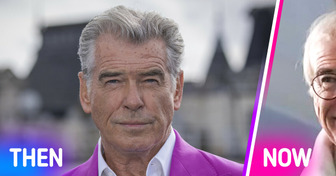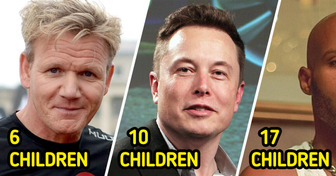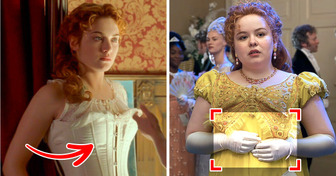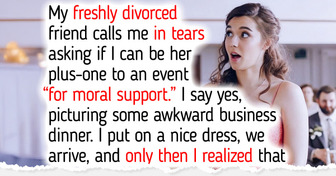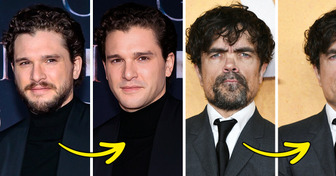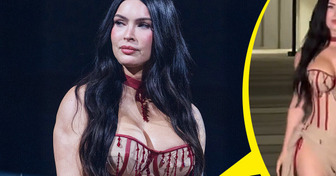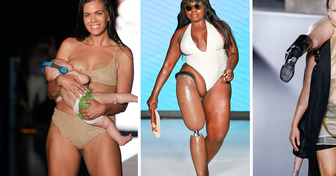“Absolutely flawless!” Keely Brosnan, 61, Loses 100 Pounds and Leaves Everyone Speechless
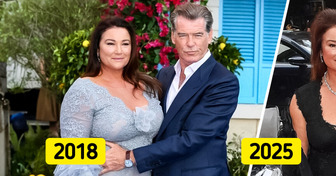

After nearly four decades of defining what the world calls fashion, Anna Wintour has stepped down as Editor-in-Chief of American Vogue. Her signature bob and sunglasses were more than a look — they were a symbol of an era when one woman’s vision shaped magazine covers, red carpets, and the Met Gala itself. Now, as she moves into a new chapter, the fashion world is left to wonder: What does Vogue look like without Anna at its helm?

On June 26, 2025, Anna Wintour officially stepped down from her role as Editor‑in‑Chief of U.S. Vogue, a position she had held since 1988. Wintour isn’t retiring. She remains deeply involved at Condé Nast as: Global Chief Content Officer / Global Editorial Director of Vogue. Oversight includes global Vogue editions and other flagship brands like Vanity Fair, GQ, and Wired.
The traditional Editor‑in‑Chief role will be replaced at American Vogue by a “Head of Editorial Content”, who will report directly to Wintour.
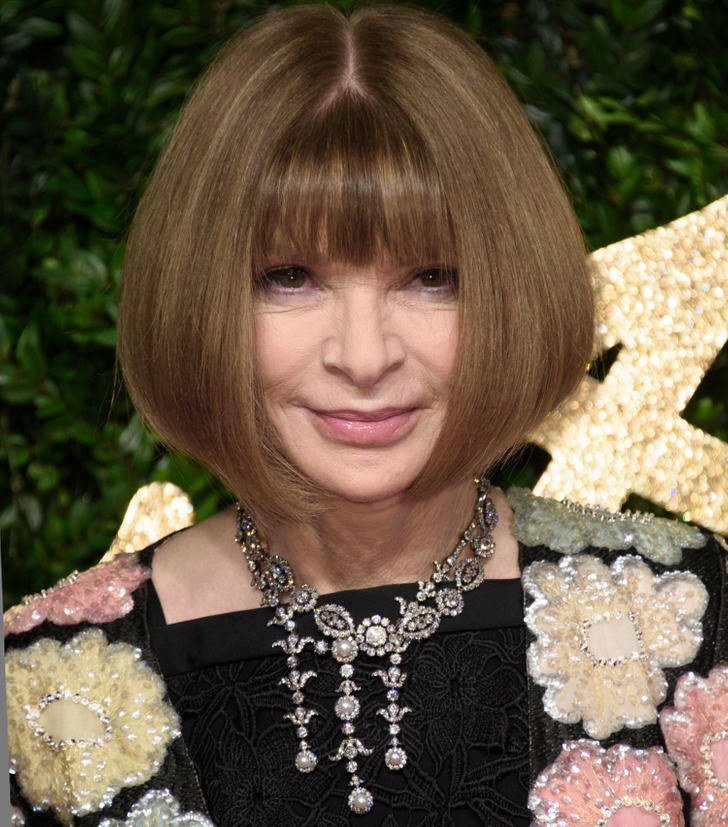
Why Now? This is part of a broader restructuring at Condé Nast, aiming to centralize editorial direction across both national and global editions. Wintour expressed a desire to mentor emerging talent and focus on the magazine’s future direction.
Condé Nast has already posted the opening for the “Head of Editorial Content for U.S. Vogue” on LinkedIn, garnering thousands of reactions.
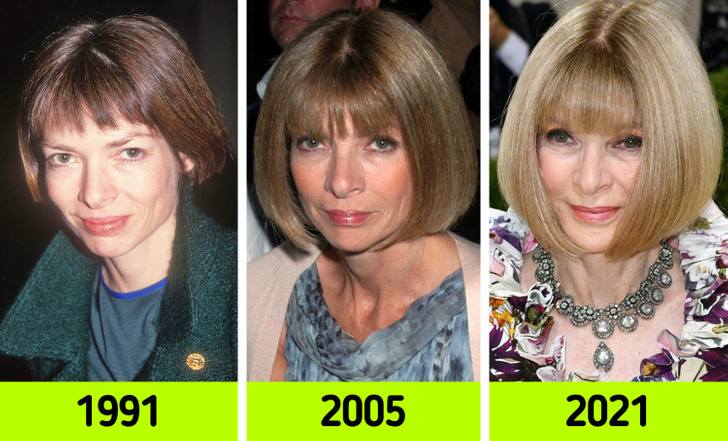
Over 37 years, Wintour reinvigorated Vogue with bolder covers, digital expansion, and cultural relevance — most famously introducing celebrity and high-low fashion to the mainstream. She also co-chaired the Met Gala since 1995 and has long inspired the portrayal of Miranda Priestly in The Devil Wears Prada.
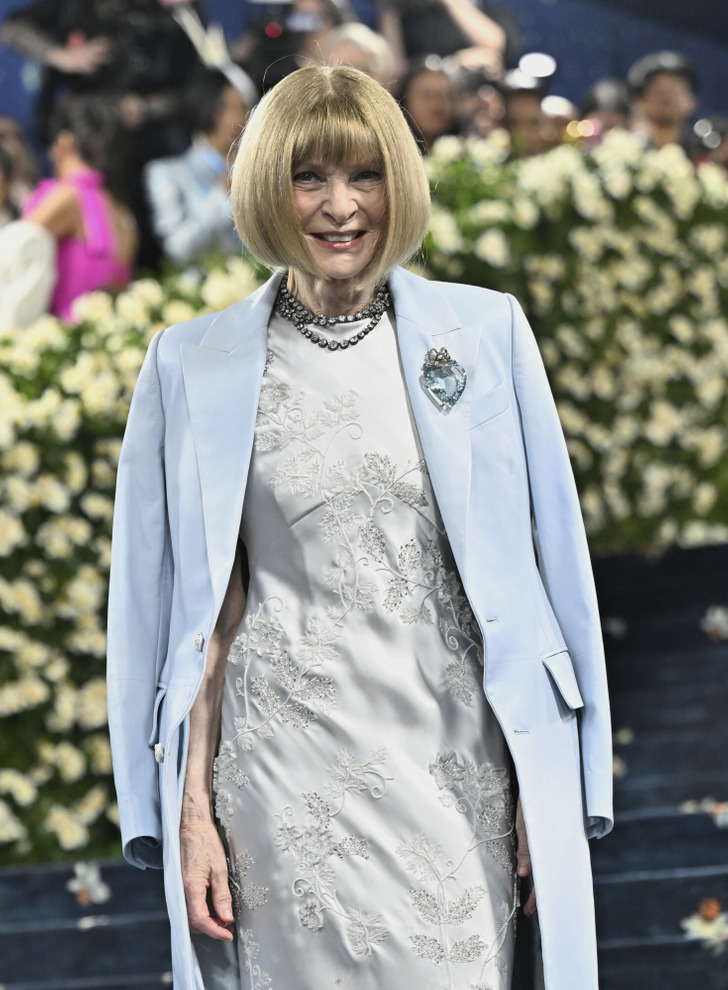
At the age of 15, she began dating well-connected older men. She was involved briefly with Piers Paul Read, then 24. In her later teens, she and gossip columnist Nigel Dempster met.
When she was 16, she decided to not enter college but to do fashion journalism instead. Her parents insisted that she started studying at Harrods and she took a special training course, but she soon gave it up, saying, “You either know fashion or you don’t.” Another friend of Anna’s got her a job at his own magazine. And this was the start of her amazing career.
For some time, she worked at the editorials of fashion magazines in London, she used an innovative approach when writing articles, but at some point, she decided to leave England and moved to New York.
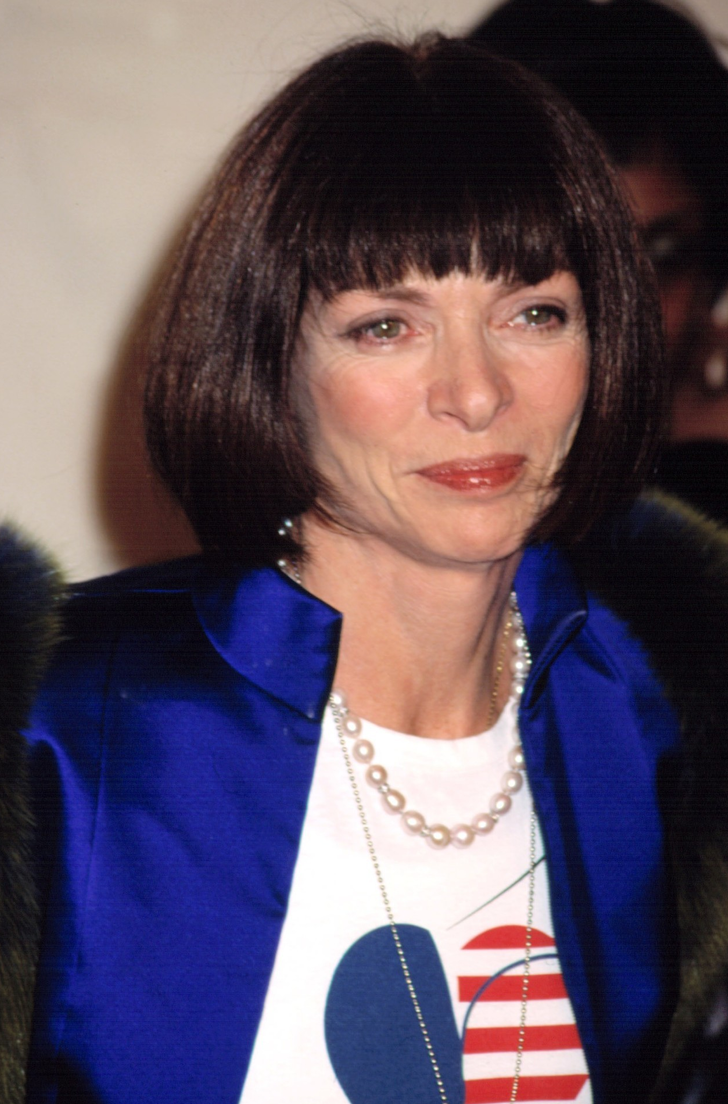
Soon, Wintour became the editorial assistant at Harper’s Bazaar. But her ideas about the photos in the magazine lead to the editor-in-chief firing her 9 months later.
At about the same time, there was a rumor that Anna was introduced to Bob Marley and they went missing for about a week. But in a 2017 interview, she said that she never dated the legendary musician.
Anna became one of the first editors to start inviting movie stars on magazine covers. She realized that it boosted sales. Later, this trend was picked up by almost all other magazines.
Wintour had always wanted to work at Vogue. Once, her ex-colleague arranged an interview with the editor-in-chief of Vogue, Grace Mirabella, which ended with Wintour telling Grace she wanted her job.
In the end, Anna started working at Vogue. The director was impressed with how effective her previous work was and offered her a job as creative director of American Vogue. Wintour accepted the offer but wanted her salary to be doubled.
She thought that the magazine had become boring and outdated, so she started changing its concept a lot. Anna didn’t discuss a lot of her decisions with the editor which, of course, led to some tension between them. In order to avoid serious problems and conflicts, Wintour was appointed editor-in-chief of British Vogue and she returned to London.
When she got the new job, she replaced a lot of employees right away and showed a new level of control which earned her the nickname Nuclear Wintour.
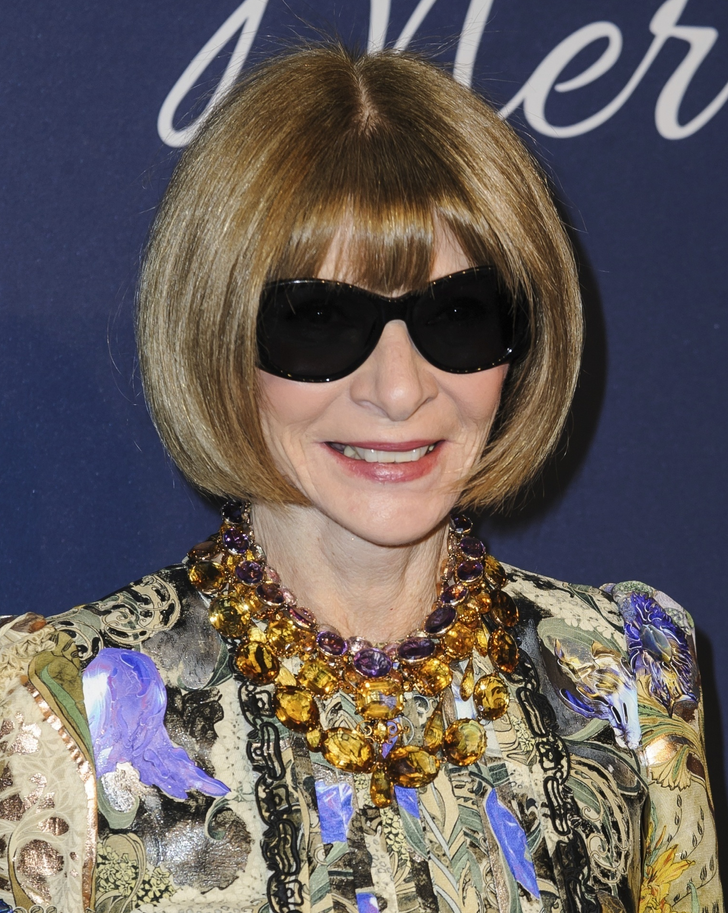
10 months later, she became editor-in-chief of American Vogue. It was because Vogue started losing ground to the American edition of Elle. The first thing Anna did was change the style of covers. Before, there were models in really expensive clothes posing in special studios. Wintour decided that it was better to do the shooting outside and hire less famous models. She also started mixing inexpensive clothes with high fashion.
So, the cover of the first issue Wintour was in charge of was revolutionary for 1988. It featured a photograph of 19-year-old Michaela Bercu in a $50 pair of faded jeans and a bejeweled jacket by Christian Lacroix worth $10,000. It was the first time a Vogue cover model had worn jeans. The model was originally supposed to have worn a skirt, but she had gained some weight since she was pregnant and it didn’t fit.
Wintour has a very tight schedule. She tries to get up before 6 AM, she plays tennis and arrives at the Vogue office early. She also comes to the fashion shows long before they start. According to the BBC documentary Boss Woman, she rarely stays at parties for more than 20 minutes at a time and goes to bed by 10:15 PM every night.
She has 3 assistants, but she sometimes surprises callers by answering the phone herself. She often turns her mobile phone off to have lunch, usually a steak (or a bunless hamburger). High-protein meals have been a habit of hers for a long time.
Because of her position, Wintour’s wardrobe is often closely analyzed. At the start of her career, she loved to wear fashionable T-shirts and vests with designer jeans. Later, she switched to Chanel suits with miniskirts.
She is more conservative when it comes to shoes: since 1994, she’s preferred Manolo Blahnik shoes that are made especially for her. She has them in 2 light colors that look good with her skin tone.
Anna Wintour became world-famous after The Devil Wears Prada book was published. It was written by her ex-assistant Lauren Weisberger. In the novel, the character has a lot in common with Anna: she’s British, she has 2 children, she’s bossy, and she loves setting hard-to-achieve goals for her colleagues. The author said she based the character not only on her own experience but also on the experience of her friends.
Wintour told The New York Times, “I always enjoy a great piece of fiction. I haven’t decided whether I am going to read it or not.” After the success of the book, a movie was in the works. There were rumors that she threatened famous people from the fashion world and told them not to take part in the film or Vogue would never mention them again. Wintour denies this.
The film was released in 2006 and it was really successful. Wintour attended the première wearing Prada. She has a great sense of humor. Miranda Priestly’s office looked a lot like Wintour’s, so Anna decided to redecorate it soon afterward. She also said that she found the film really entertaining and praised it for making fashion “entertaining and glamorous and interesting.”
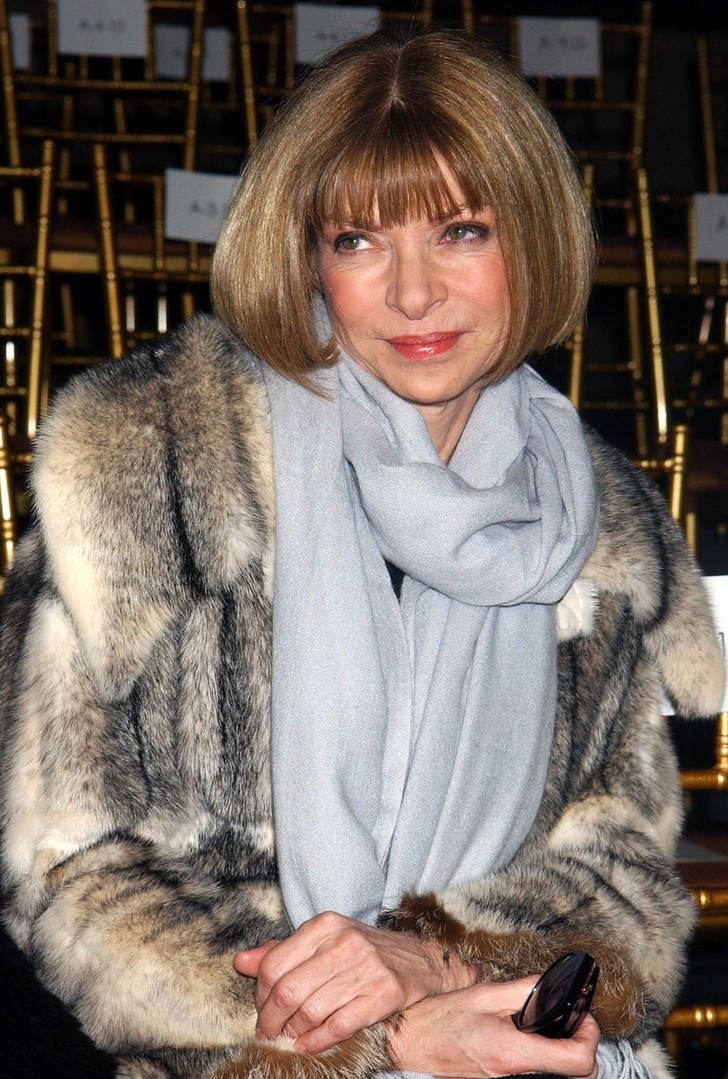
Anna is often described as an emotionally distant woman who’s cold even with her friends. “At some stage in her career, Anna Wintour stopped being Anna Wintour and became ’Anna Wintour,’ at which point, like wings of a stately home, she closed off large sections of her personality to the public,” wrote The Guardian. Some friends see her purported coldness as just traditional British reserve.
She’s also criticized for making everyone meet her standards. In 2005, creative director André Leon Talley said on The Oprah Winfrey Show that, at one point, Wintour demanded that he lose weight. “Most of the Vogue girls are so thin, tremendously thin,” he said, “because Miss Anna doesn’t like fat people.”
At Milan Fashion Week in 2008, she requested that some key shows be rescheduled for earlier in the week so that she and other U.S.-based editors could have time to return home before the Paris shows. So, a lot of people complained because some young designers that were supposed to show their collections at the end lost a lot of attention. Dolce & Gabbana said Italian fashion was getting the short end of the stick and Milan was becoming a “circus without sense.”
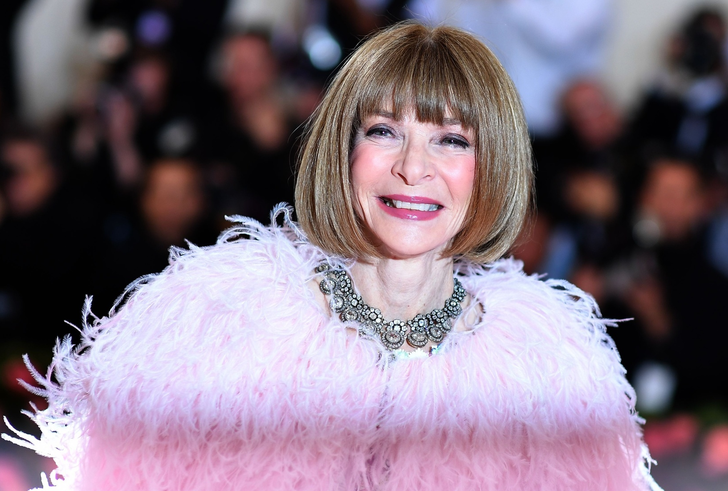
When in 2011, Forbes named her 69th on its list of the world’s hundred most powerful women, Anna said, “I don’t think of myself as a powerful person. You know, what does it mean? It means you get a better seat in a restaurant or tickets to a screening or whatever it may be. But it is a wonderful opportunity to be able to help others, and for that, I’m extremely grateful.”
Though Wintour is no longer steering Vogue’s day-to-day, her legacy will continue to ripple through every glossy page and runway front row. Her departure marks the end of an era but also the start of a new one, where fresh voices will rise under the very empire she helped build. The world will watch, but one thing is certain: fashion will never forget Anna Wintour.


